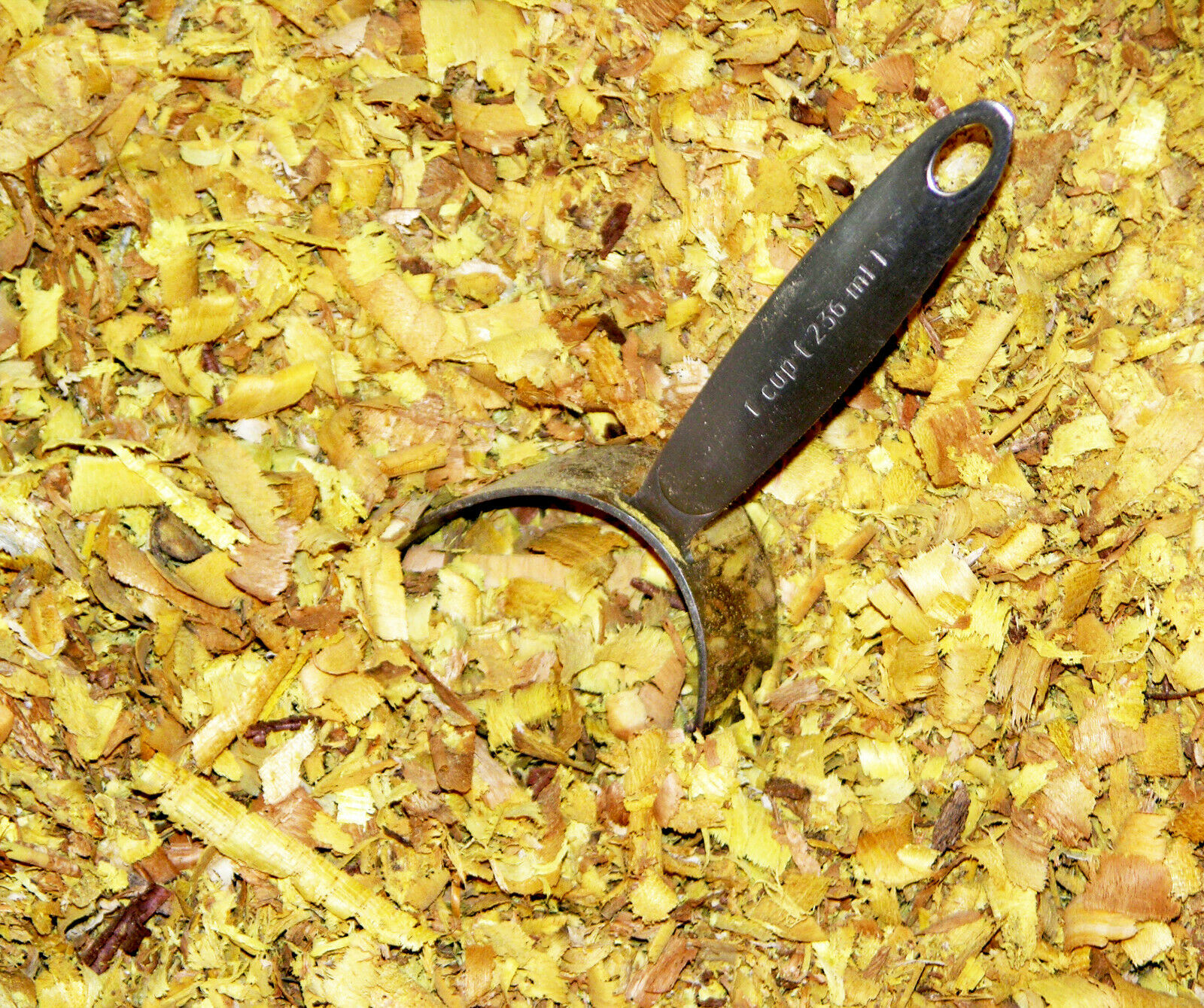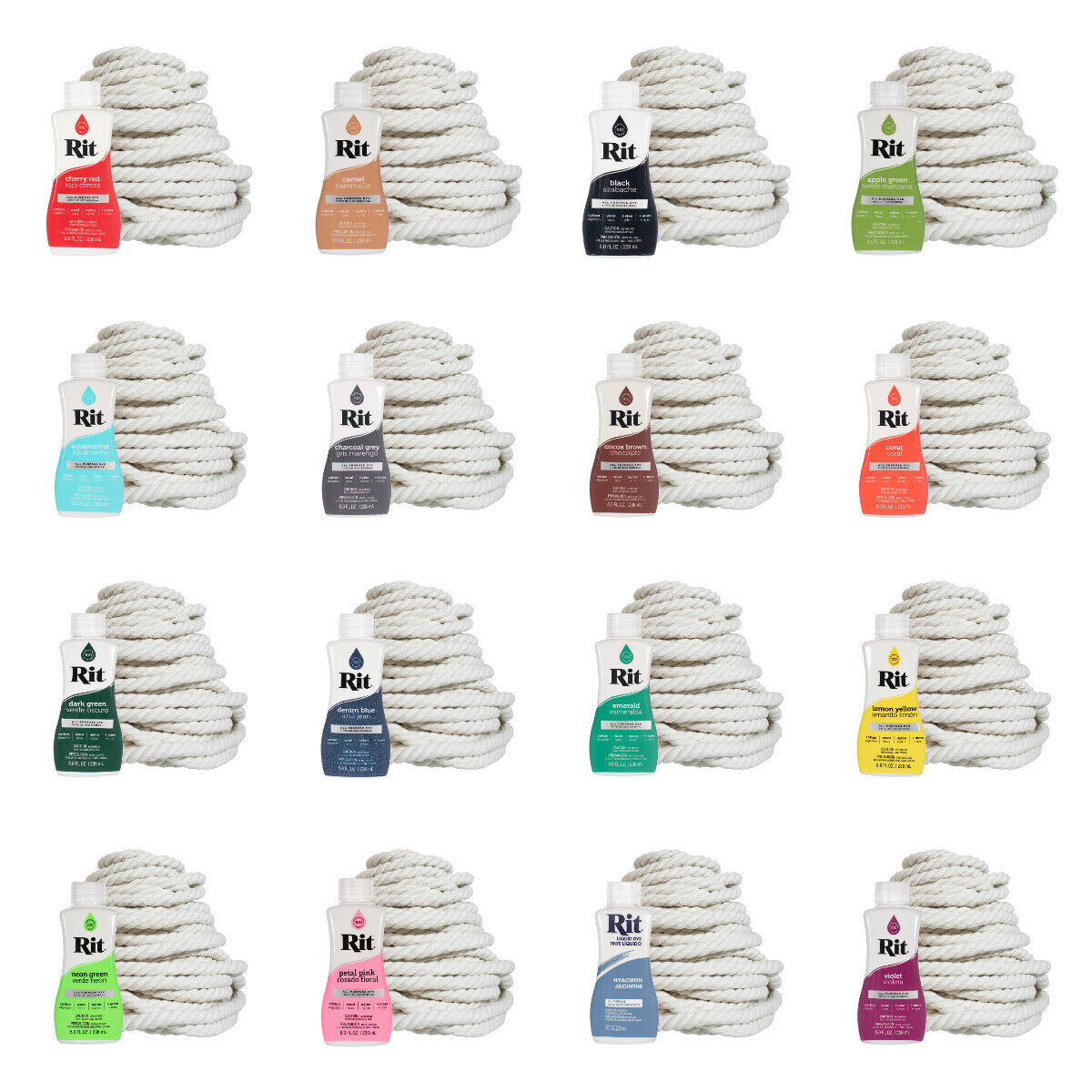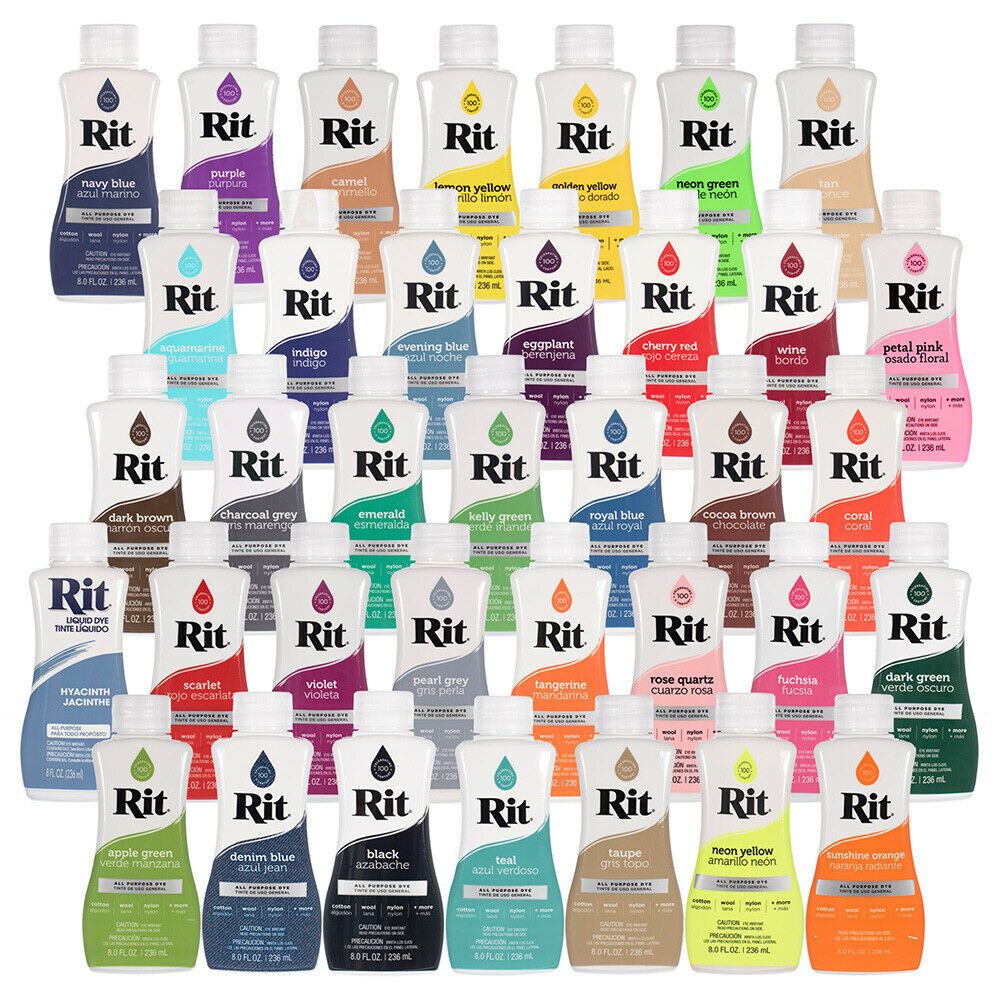-40%
Osage Orange Shavings or Sawdust for Natural Dye
$ 8.44
- Description
- Size Guide
Description
8 Ounces (230 grams) of Osage Orange sawdust or shavings (your pick) with free shipping.The dye made from Osage Orange wood shavings is a favorite with modern artisans. The hues are soft and have a ‘glow’ that is unavailable in synthetic dyes. It is said that all naturally dyed clothing matches regardless of the color. This Osage wood is available both in sawdust (more effective) and shavings (less mess). In my shop I have to thoroughly sweep all the other species up when working on Osage so as to get you these pure samples. So if you find a shave of some other wood, or the missing leg of a custom chair in your selection, it’s okay; it will not affect your dyeing process. When the sawdust is too wet, we spread it outside in the sun and rake until dry, then collect again. Most of the lumber processed was picked out by hand and saved from being firewood or compost; I turn it into fine woodworking. If you are interested in larger quantities, let me know and I’ll process more wood. Note that I also have Black Walnut (for die), Aromatic Cedar, and several other species of sawdust (Red Oak for tannin, Cherry and Hickory for smoking meat, etc.) regularly passing though my shop. I set aside the Osage Orange and Aromatic Cedar chunks that are too small for projects as well.
Maclura Pomifera
is known as hedge apple, horse-apple, hedge, bodark, Bois d’Arc (wood of the bow), yellow wood, mock-orange, and bow-wood… and of course, Osage Orange. It is an very hardy tree from which the Osage Indians made superior bows from its flexibility and strength. It ranks in the top five hardest North American woods with Desert Ironwood, Mountain Mahogany, Texas Ebony, and Live Oak, and as firewood it burns hot enough to forge metal. It was often used as a ‘living fence’ for the tangle of its intertwined spiny branches. As a result, Osage Orange was spread by settlers using it for their fences far beyond its native territory, the Red River region of Texas, Oklahoma, and Arkansas. However its fossils have been found as far away as Ontario, Canada. The fruit, which looks like a softball made of brain tissue, has not begun to be studied sufficiently; it is loaded with antioxidants and proteolytic enzymes, and is often used to repel roaches, spiders, and even mice via fruit slices placed in corners and behind cabinets. Cows and horses will eat them, and evidence indicates they were a favorite of the giant sloths and mammoths. The seeds are edible and taste like raw sunflower seeds, but difficult to procure. Squirrels will rip into a fruit for its seeds. The wood, however, is a beautiful yellow-orange color and highly prized for its beauty and strength, a favorite for wagon wheels, axe handles, fence posts, and fine woodworking.




















